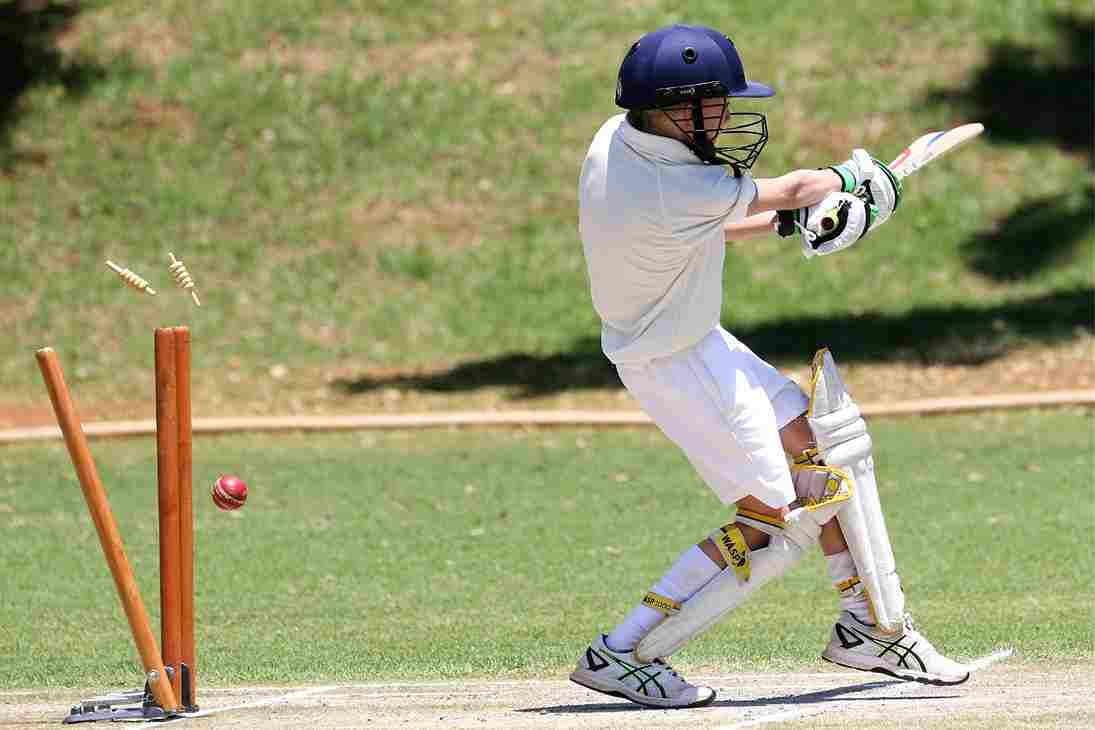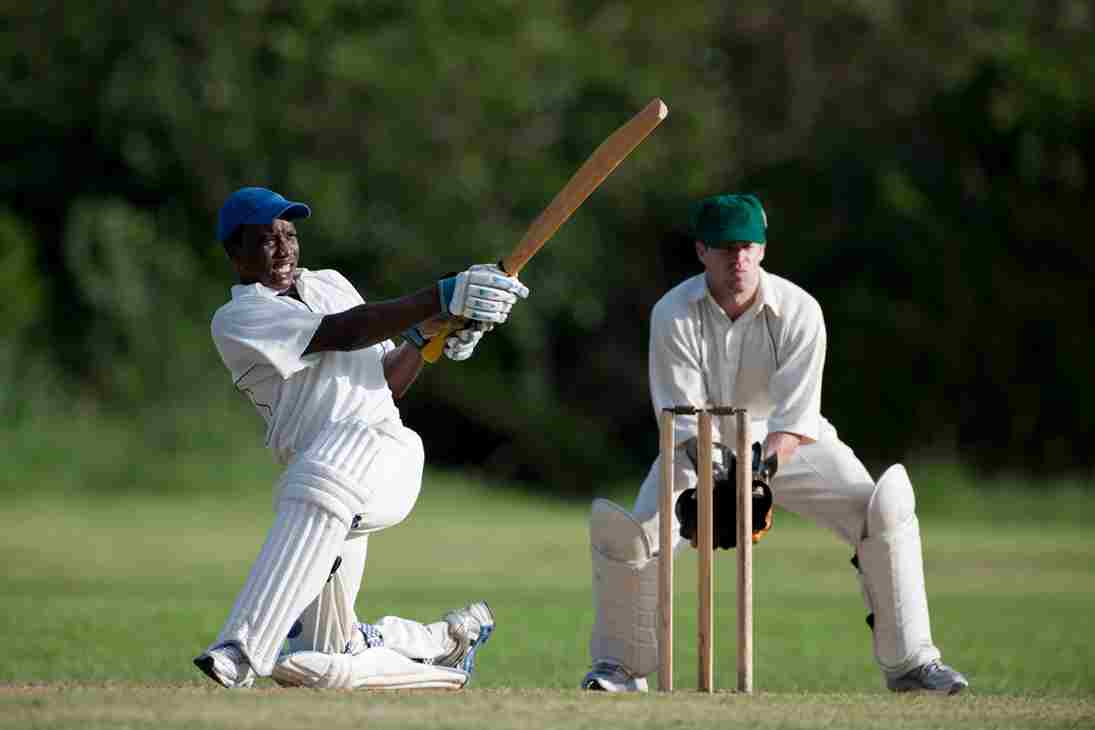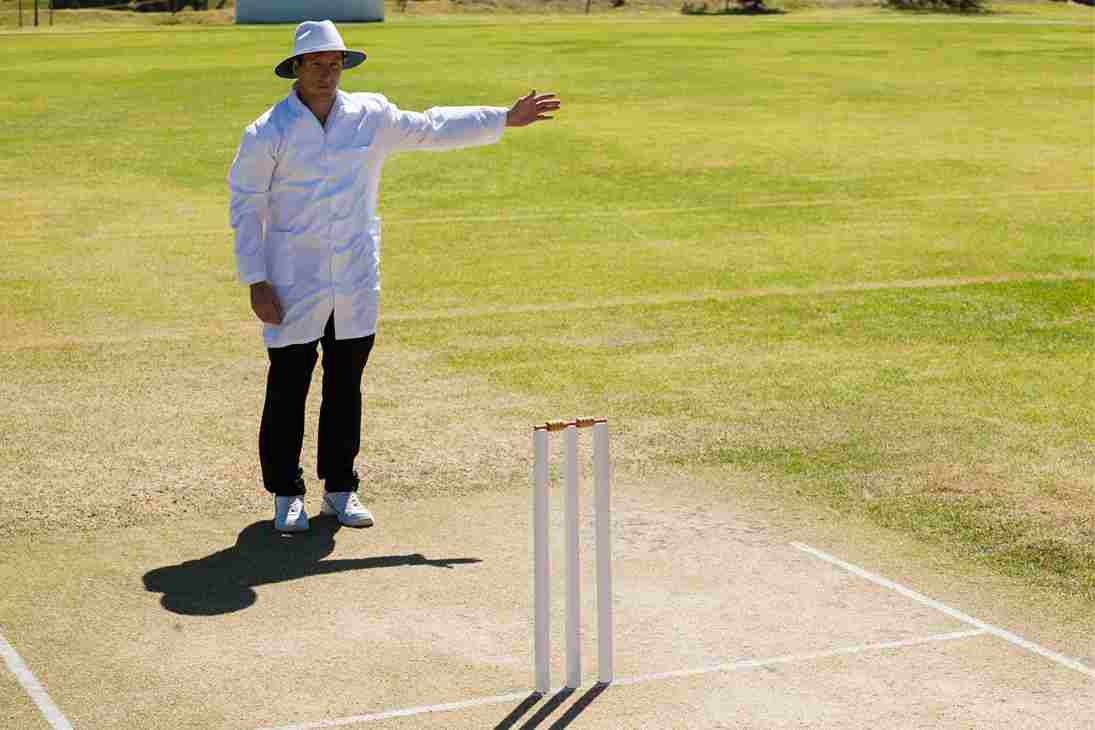How can I improve my body language in Cricket? The Complete Guide
Mastering On-Field Communication: How Can I Improve My Body Language in Cricket? The Complete Guide

Cricket is not just a sport of skill and technique; it also heavily relies on effective communication and body language. Your body language on the field can have a profound impact on your performance and the team’s success. In this blog, we will explore the significance of body language in cricket that how can i improve my body language in Cricket, the different types of body language, and how you can improve your nonverbal communication to become a standout player on the field.
Let’s kick off this guide by answering a fundamental question:
Contents
What is body Language?
Body language, in the simplest terms, is a type of non-verbal communication where physical behaviors are used to express or convey information.
Now, you might be wondering, “Isn’t communication just about words?” Well, not quite. In fact, according to several research studies, as much as 55% of communication is non-verbal. That’s right, more than half of what we communicate doesn’t come out of our mouths!
- Body language includes things like facial expressions, body posture, gestures, eye movement, touch, and the use of space.
- For example, consider a person slouched over with their arms crossed, avoiding eye contact. Even without a single word spoken, you can tell they’re likely feeling defensive or uninterested.
So, in essence, body language is a powerful tool in conveying attitudes and feelings. In the world of cricket, it gains even more significance, but more on that later!
Understanding Body Language in Cricket
Body language, at its core, is the unspoken communication that occurs through gestures, postures, facial expressions, and even physical appearance. It’s a way of expressing our attitudes and emotions without uttering a word. But what does this mean in the field of cricket?
In cricket, body language can often be the key to understanding a player’s mindset, their strategy, and even their next move. A confident stride, a determined look, a celebratory fist pump – these small, yet significant actions speak volumes about a player’s state of mind and their game plan.

From the way a batsman grips his bat to the bowler’s run-up, body language in cricket is a fascinating world of non-verbal cues that can provide spectators and opposing teams with valuable insights. But remember, it’s not just about understanding these cues, it’s also about using your body language effectively to gain an upper hand in the game!
Types of Body Language
Before we delve into the specifics of cricket, it’s important to understand the different types of body language that are common in sports. These can be broadly classified into appearance, posture, gesture, physical contact, and expression.
1. Appearance
Your appearance on the field can speak volumes about your commitment and professionalism. Keeping a tidy appearance, wearing the team’s colors with pride, and having a well-maintained kit are all essential elements of positive body language.
“Dress how you want to be addressed.”
This refers to how athletes present themselves. It includes their physical appearance, attire, and grooming. In cricket, uniform aesthetics, neatness, and attire play into an athlete’s confidence and how opponents perceive them.

2. Posture
The way you carry yourself can portray confidence or uncertainty. A strong, upright posture conveys self-assuredness and can be intimidating to the opposition. Look at the example set by the legendary Ricky Ponting, whose authoritative stance commanded respect from opponents.
“Stand tall and let your posture define your presence.”
The way a cricketer stands, walks, or runs can say a lot about their confidence, mood, and physical well-being. For example, an upright, open posture exudes confidence and readiness.
3. Gesture
Hand movements and gestures can communicate a lot on the field. Encouraging your teammates, clapping after a good delivery, or giving a high-five for a great catch can foster team spirit and boost morale.
“Small gestures, big impact – spread positivity on and off the pitch.”
Gestures are specific body movements that convey certain messages. In cricket, a bowler’s hand movements or a batsman’s swing can send powerful signals.

4. Physical Contact
Cricket is a team sport, and physical contact can build a sense of unity among players. Patting a teammate on the back after a good performance or consoling them after a tough outing can create a supportive team environment.
“One team, one spirit – a touch can ignite the fire within.”
While cricket is not a contact sport, there are instances of physical contact, like high fives or pats on the back, which can demonstrate team solidarity.
5. Expressions
Facial expressions can be powerful indicators of emotions. Smiling after a good play or staying focused and determined during challenging moments can inspire and motivate your teammates.
“Let your expressions narrate the story of your dedication.”
Facial expressions can reveal a lot about a player’s emotional state. A calm, focused expression communicates concentration and determination.
Understanding these types of body language can significantly improve a cricketer’s performance and interaction with teammates and opponents alike.
How can i improve my Body Language in Cricket?
Body language plays a crucial role in cricket, influencing how you are perceived by teammates, opponents, and spectators. Positive body language not only boosts your confidence but also enhances your performance on the field. In this blog, we will explore essential tips and techniques to improve your body language in cricket, helping you project confidence, professionalism, and a winning attitude.
1. Work on Your Posture
A strong and confident posture is the foundation of impactful body language. Stand tall with your shoulders back, chest open, and head held high. Avoid slouching or hunching, as it can convey a lack of confidence. A proper posture not only exudes self-assurance but also helps in maintaining balance and agility during cricketing actions.
2. Maintain Eye Contact
Eye contact is a powerful non-verbal communication tool. When interacting with teammates, coaches, or opponents, maintain eye contact to show attentiveness and respect. It also indicates confidence in your abilities and lets others know you are engaged in the game.
3. Use Positive Gestures
In cricket, gestures can convey a range of emotions. Replace negative gestures like slumping shoulders or frustrated hand movements with positive ones. Clap and cheer for your teammates, give high-fives, and acknowledge good plays from opponents. Positive gestures foster team spirit and camaraderie.
4. Facial Expressions Matter
Your facial expressions can speak volumes about your mindset and emotions. Smile genuinely to exude approachability and enthusiasm. A positive facial expression can also help you stay focused and maintain composure during high-pressure situations.
5. Show Enthusiasm
Passion and enthusiasm are contagious. Regardless of the match’s outcome, display excitement for the game and encourage your teammates. Your enthusiasm will uplift team morale and drive better performance.
6. Engage in Active Listening
Listening actively is an essential aspect of effective communication. When teammates or coaches are speaking, show that you are listening attentively by nodding or responding appropriately. Active listening fosters better teamwork and understanding.
7. Practice Mindfulness
Be aware of your body language throughout the game. If you notice any negative postures or expressions, take a moment to correct them consciously. Mindfulness can help you make adjustments and project positive body language consistently.
8. Visualize Success
Before stepping onto the field, spend some time visualizing successful performances. Imagine yourself making great plays, displaying confidence, and being a positive influence on the team. Visualizations can help build a winning mindset and translate into improved body language.
Conclusion
Improving your body language in cricket is a gradual process that requires conscious effort and practice. By mastering positive body language, you can enhance your cricketing performance, build better team dynamics, and leave a lasting impression on everyone around you. Embrace these tips and techniques, and watch your on-field presence elevate to new heights, contributing to your success as a cricketer.
In the game of cricket, mastering body language can significantly impact your individual performance and the team’s overall success. By improving your appearance, posture, gestures, physical contact, and expressions, you can enhance your communication and connection with teammates, opponents, and fans. Remember, the language of the body speaks volumes, and by harnessing its power, you can become a standout player and a true leader on the cricket field.
FAQ’s
Q. How can I improve my mindset in cricket?
A. Improving your mindset in cricket requires a combination of mental training and practice. Here are some tips to help you enhance your mindset:
- Set clear goals and visualize yourself achieving them.
- Practice mindfulness and focus on the present moment during matches.
- Develop a positive attitude and maintain self-belief.
- Learn to manage stress and pressure effectively.
- Review your performance and learn from both successes and failures.
- Seek guidance from coaches or sports psychologists for mental conditioning.
Q. What will help you improve body language?
A. Improving body language in cricket can have a significant impact on your performance and how you are perceived by others. Consider the following suggestions:
- Work on your posture, stand tall, and exude confidence.
- Maintain eye contact with teammates, opponents, and officials.
- Show enthusiasm and positive energy, regardless of the situation.
- Avoid negative gestures or slouching, as they can project a lack of confidence.
- Practice active listening and engage with your team during discussions.
Q. How do I regain my confidence in cricket?
A. Regaining confidence in cricket can be challenging, but it is possible with dedication and patience. Try the following steps to boost your confidence:
- Analyze your strengths and focus on developing them further.
- Work on your weaknesses through targeted training and practice.
- Set small, achievable goals to build momentum and feel accomplished.
- Surround yourself with supportive teammates, friends, or coaches.
- Visualize successful performances to build a positive mindset.
- Celebrate your achievements, no matter how small, to boost your self-belief.
Q. What is body language in cricket?
A. Body language in cricket refers to the non-verbal communication expressed through gestures, facial expressions, posture, and movements during a game. It can convey emotions, attitudes, and reactions, providing valuable cues to teammates, opponents, and spectators about a player’s confidence, focus, and state of mind.
Q. What skill is body language?
A. Body language is not a technical skill like batting, bowling, or fielding; rather, it is an essential aspect of a player’s soft skills and emotional intelligence. It affects how a player is perceived by others and can impact team dynamics and overall performance.
Q. What is the best body language?
A. The best body language in cricket involves a combination of confidence, positivity, and professionalism. A player with excellent body language displays enthusiasm, determination, and sportsmanship. They maintain a strong, composed posture, maintain eye contact, and show respect towards teammates, opponents, and officials.
Q. How can I motivate myself in cricket?
A. Staying motivated in cricket can be challenging, but there are ways to keep your passion alive:
- Set personal and team goals to give yourself a sense of purpose.
- Focus on the enjoyment of the game rather than just the results.
- Surround yourself with supportive teammates and coaches.
- Draw inspiration from cricket role models and watch their performances.
- Keep track of your progress and celebrate your achievements.
- Remind yourself of the reasons why you fell in love with cricket in the first place.
Q. How do you stay calm in cricket?
A. Staying calm in cricket is crucial for making rational decisions and executing skills effectively:
- Practice deep breathing or meditation techniques to manage stress.
- Develop pre-performance routines to stay focused and centered.
- Avoid dwelling on mistakes and focus on the present moment.
- Trust your training and preparation to boost self-assurance.
- Seek support from teammates or coaches during tense moments.
- Visualize successful outcomes to instill a sense of calm and confidence.
Q. Can I control my body language?
A. Yes, to a large extent, you can control your body language. While some gestures and expressions might be unconscious reactions, being aware of your body language allows you to make intentional changes. With practice and mindfulness, you can develop positive body language, which can positively impact your cricket performance and interactions on and off the field.
Q. How to attract with body language?
A. Attracting positive attention with body language involves projecting confidence and approachability:
- Stand tall with an open posture to appear confident and self-assured.
- Smile genuinely, as it can make you more approachable and friendly.
- Maintain eye contact when engaging in conversations.
- Display active listening by nodding and responding appropriately.
- Show enthusiasm and passion for the game through your expressions and gestures.
Q. How important is body language in sports?
A. Body language is extremely important in sports, including cricket, as it plays a significant role in how players are perceived and how they interact with teammates and opponents. Positive body language can boost team morale, improve communication, and create a more supportive and cohesive environment. It also helps players exude confidence, making them appear more composed and mentally prepared, which can impact their performance on the field.




